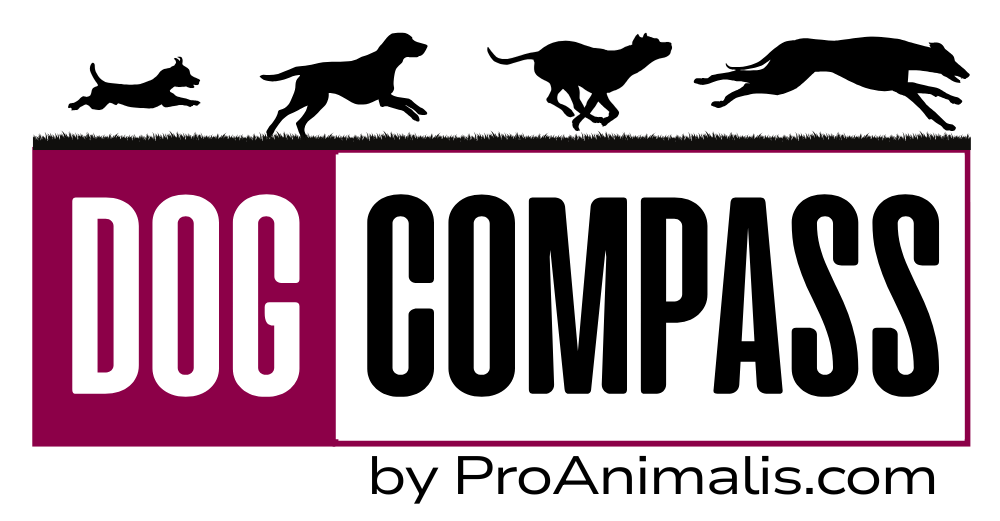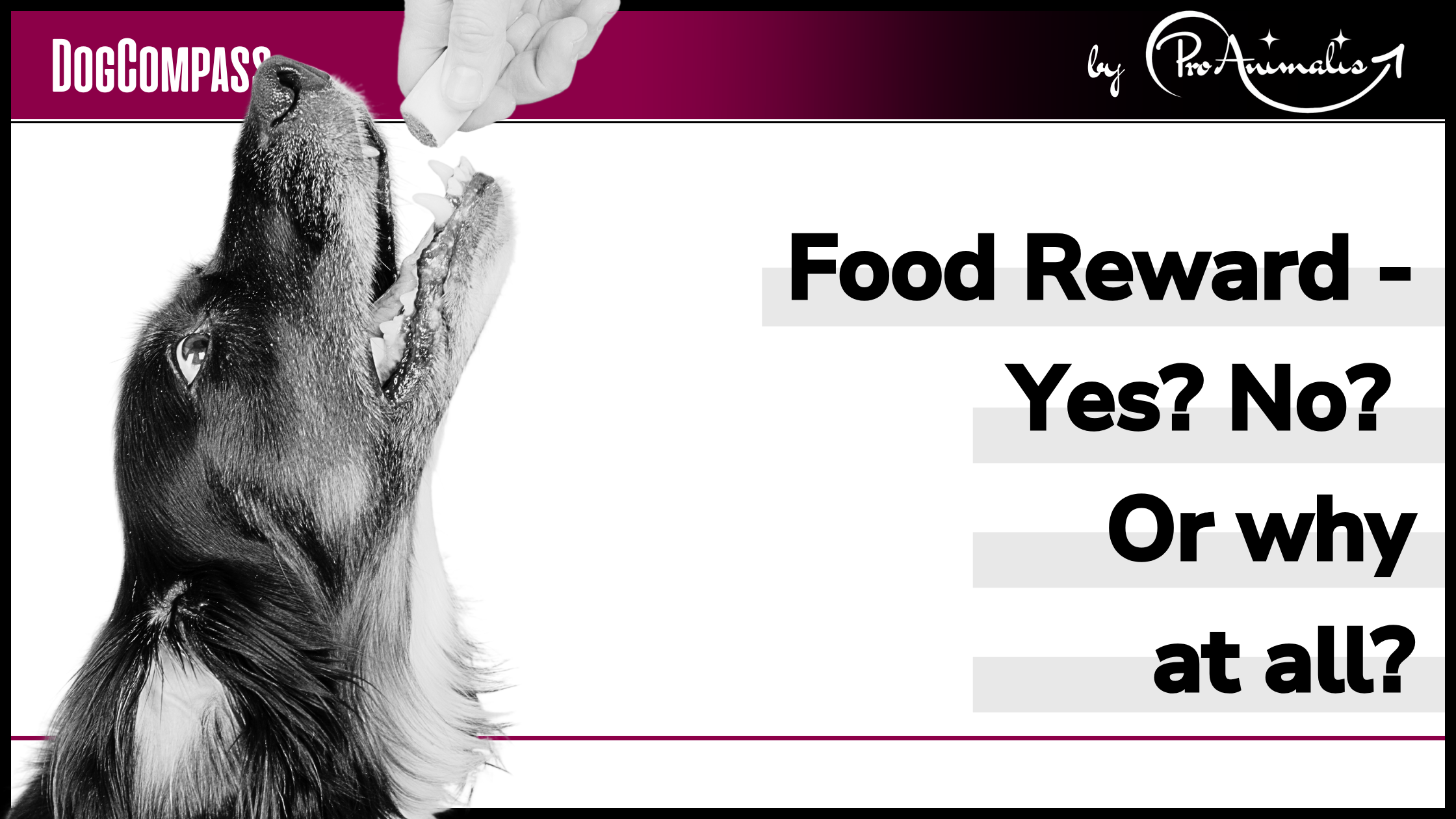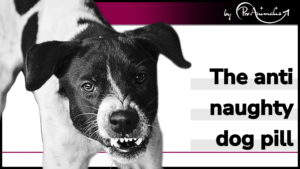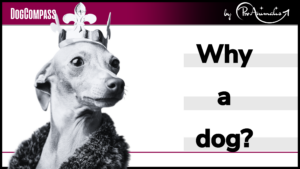Although the work with food rewards in dog training is sometimes controversial (in individual cases for good reasons), in general I see absolutely nothing from an animal psychological point of view that speaks against it – however, here too, as everywhere in training and therapy, it must be carefully considered , when the reward makes sense and when it tends to be counterproductive.
Because an incorrectly timed reward can also reinforce undesirable behavior on the part of the dog or even devalue commands from the dog owner that are asked for without food.
Food means survival.
And that’s exactly how the dog learns to hunt. A hunting behavior that does not lead to the killing of the prey is eliminated and a successful behavior is repeated – because in the end there is the killed prey, i.e. the “food reward”, i.e. survival.
The biochemical effect on the brain of hunting, killing and eating as a reward, should not be underestimated in this context and associates the learned behavior with a positive outcome – giving the dog the motivation to repeat the successful behavior, which probably also explains the efficiency of the positive reinforcement through food rewards.
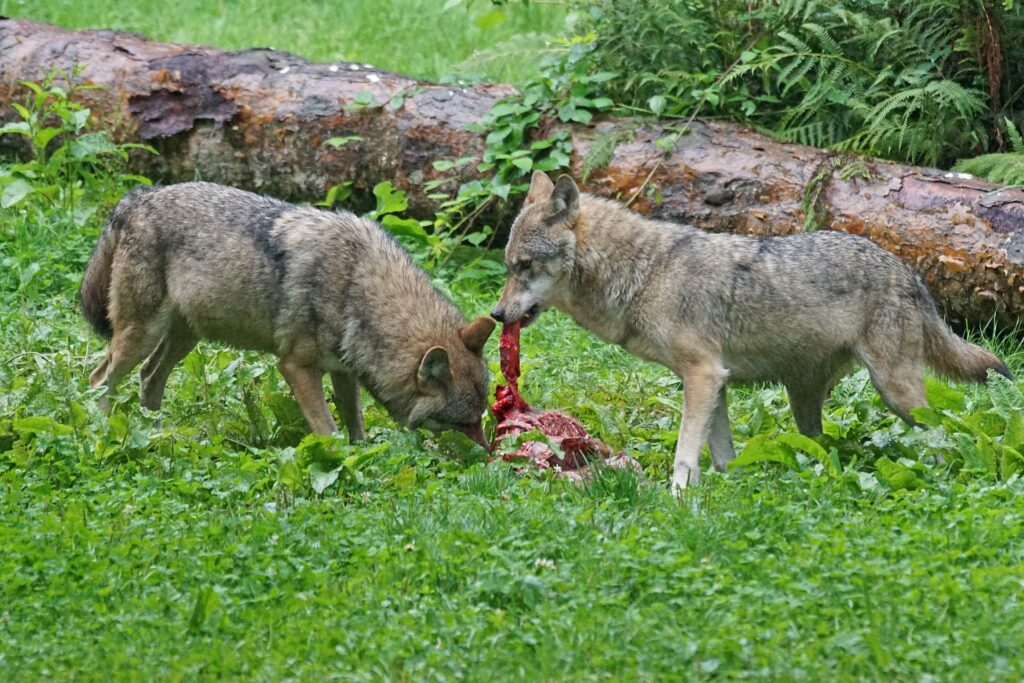
This species-specific principle and learning behavior can be seen in the free-living dog as well as in the modern couch potato.
So why shouldn’t we take advantage of this natural process, which simplifies training not only for the dog but also for its owner?
First and foremost, when training with our dog, we strive for clear, understandable communication, which in the best case scenario will result in the desired behavior from the dog.
If the dog exhibits this desired behavior, either accidentally or induced (i.e., out of motivation or through trial and error), a food reward is more likely to induce the dog to exhibit the same behavior again the next time it tries.
So that’s the rough principle. However, there are a few things to consider :
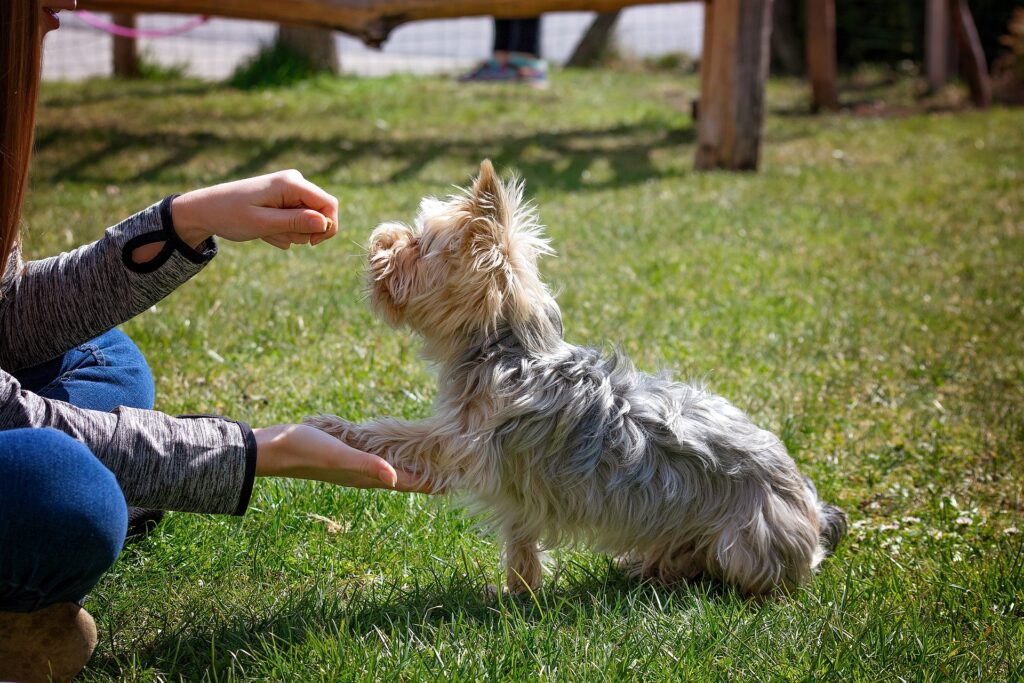
Food reward
- what for actually?
Food reward yes or no we had now clarified. Now it’s about what the dog should get his treat for anyway?
A distinction must be made between these two situations :
- Food as motivation
- Food as reward
Food as motivation
If you’re trying to learn a new lesson that’s still a bit difficult for your dog, a treat is sure to help overcome that blockage.
If the dog, for example, does not want to offer the “sit” at all, it is quite easy for dog and owner to lure him into the appropriate body position with a treat, which makes it easier for him to sit down or to encourage the solution of the problem by trial and error and to “explain” to him what is actually expected of him.
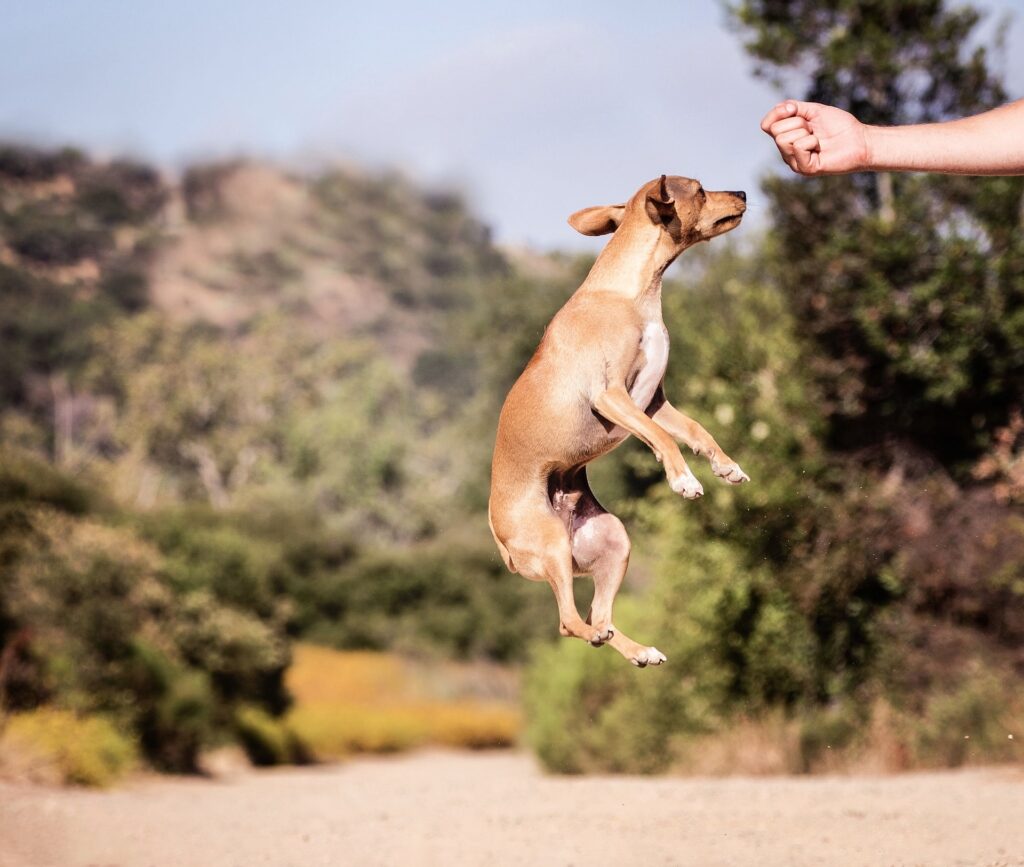
In this case one can speak less of a reward, because the dog is shown the treat and it is encouraged to follow or work, so its motivation is triggered.
The same applies to all new exercises that still cause small problems in the dog’s understanding, such as first agility exercises and other sporting activities, focus, leash agility, socialization, behavior in the house, etc.
It is important, however, that this is really just about explaining the new task or challenge, which is made simple and understandable for the dog in this way in order to achieve clear communication!
This means that as soon as the dog has understood what is expected, the “explanatory treat” has fulfilled its task and should no longer be used in this way.
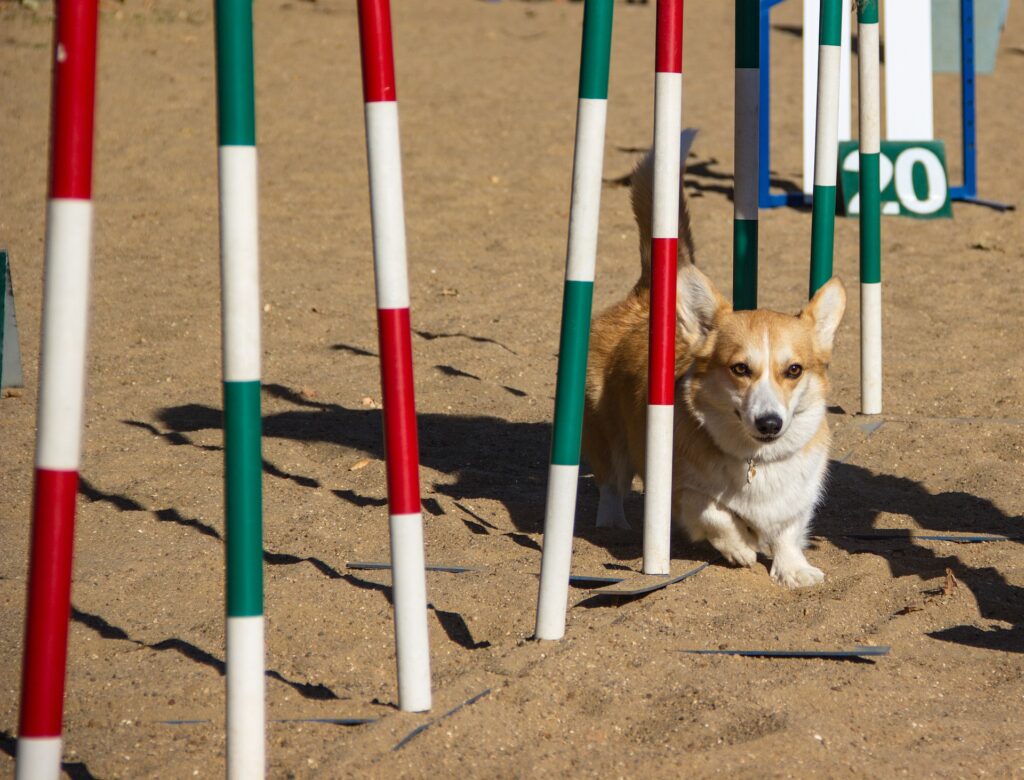
Food as a reward
With the actual food reward, the dog is allowed to guess that his favorite treat is in your pocket, but it is not held in front of his nose to induce a certain behavior, as is the case with “treat motivation”.
The reward only takes place if the dog shows a desired behavior out of its own understanding or when prompted.
But beware!
It’s easy to train a dog to beg with food rewards, or to make the desired behavior entirely dependent on food. This should of course be avoided at all costs!
Only at the beginning of a new lesson may the food reward be used regularly as an aid. As the dog’s understanding of the new lesson progresses, the giving of the food reward becomes more infrequent and eventually entirely unnecessary once the desired behavior is established.
Food reward .
But what would doggy like?
Food is not just food. And of course that also applies to the food reward.
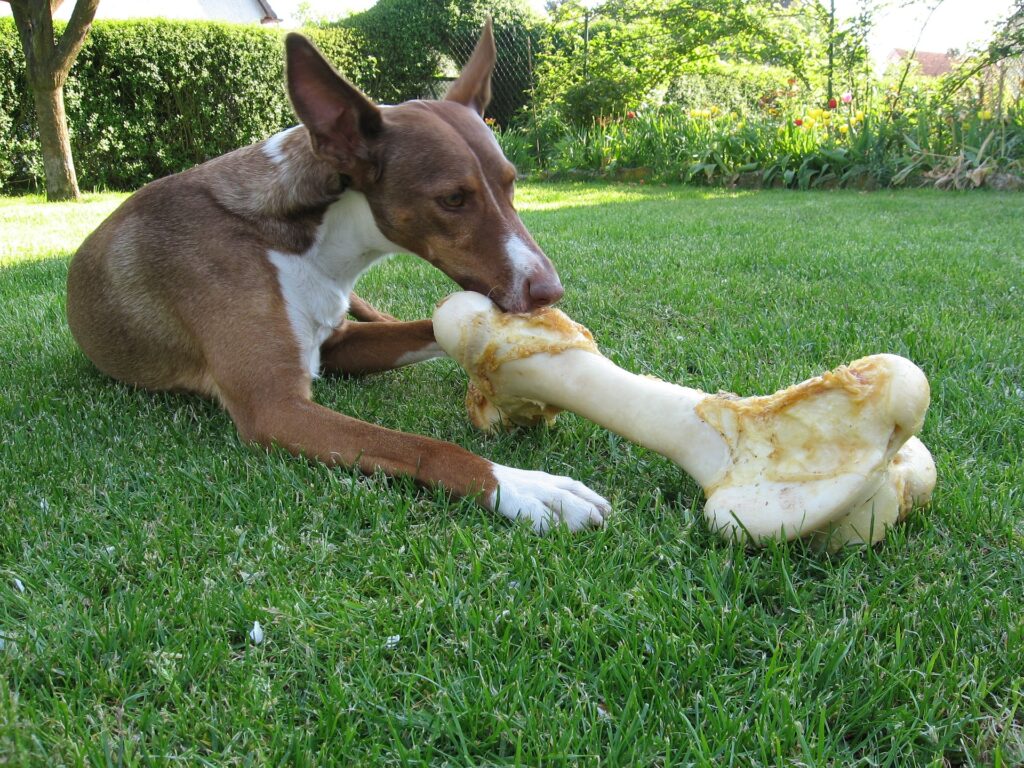
You should decide individually which food reward is the right one for your situation.
It is important not to forget what effect the food reward should have on your dog. After all, the reward should be a kind of prize money, so to speak, for a desired behavior. If that prize money isn’t worth it for your dog, then why would he be in the trade?
Of course, this does not mean that you should increase the prize money in the form of quantity, but rather focus on quality.
For example, an effective method is the jackpot reward.
Depending on the difficulty of the requested lesson, different rewards can be offered. The selection here ranges from run-of-the-mill treats to fresh chicken or steak.
For a great performance, your dog should also expect a great food reward.
And if you get stuck on a difficult exercise your dog is struggling with, the jackpot can also be awarded when the penny finally drops. A whole handful of favorite treats will definitely be remembered by your dog!

Distance food reward
Another reward system is clicker training.
Clicker training also offers a great and effective way to work at a distance with food rewards.
The clicker can be used to mark the point in time that will be rewarded shortly afterwards.
Because one of the most important aspects of working with food rewards is correct timing.
Unfortunately, a reward given too late has served no purpose and is seen by the dog as just a welcome free snack.
Almost all dogs work extremely well with the clicker, because in combination with the food reward it offers a crystal clear and unmistakable way of communication between human and dog .
– and that is exactly what it is all about!

